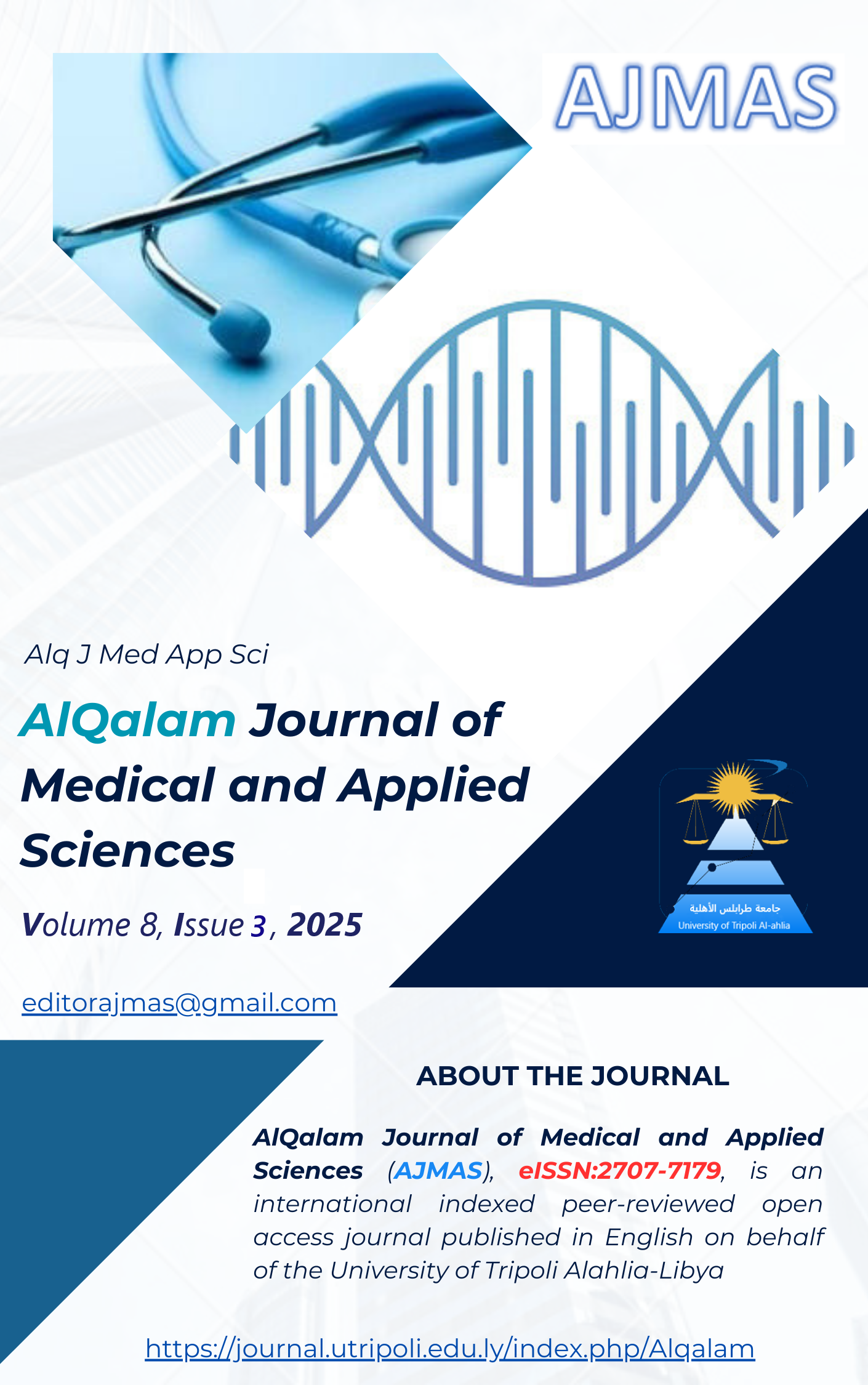Comprehensive Comparative Study of Dental Composites: Types, Properties, and Applications in Dental Technology
DOI:
https://doi.org/10.54361/ajmas.258361Keywords:
Dental Composites, Nanofilled Composites, Microhybrid Composites, Bulk-Fill Composites.Abstract
This study evaluates the mechanical, physical, and biological performance of three principal categories of dental composites—nanofilled, microhybrid, and bulk-fill—while tracing their historical evolution and clinical relevance. Standardized laboratory tests assessed compressive strength, flexural strength, polymerization shrinkage, three-body wear resistance, water absorption, and surface roughness following artificial aging. In vitro cytotoxicity was analyzed using L929 fibroblast cultures. A comprehensive literature review was incorporated to contextualize experimental findings. Results revealed that nanofilled composites excelled in surface polish retention and wear resistance, microhybrids demonstrated superior initial mechanical strength, and bulk-fill composites significantly minimized shrinkage stress. All tested materials exhibited acceptable biocompatibility. Selection of composite type should align with specific clinical priorities—whether esthetic durability, load-bearing performance, or stress reduction—highlighting the distinct advantages each category offers.
Downloads
Published
How to Cite
Issue
Section
License
Copyright (c) 2025 Khaled Elgergeni, Hanan Ajaj, Rowaida Daoa, Marya Mustafa

This work is licensed under a Creative Commons Attribution 4.0 International License.















